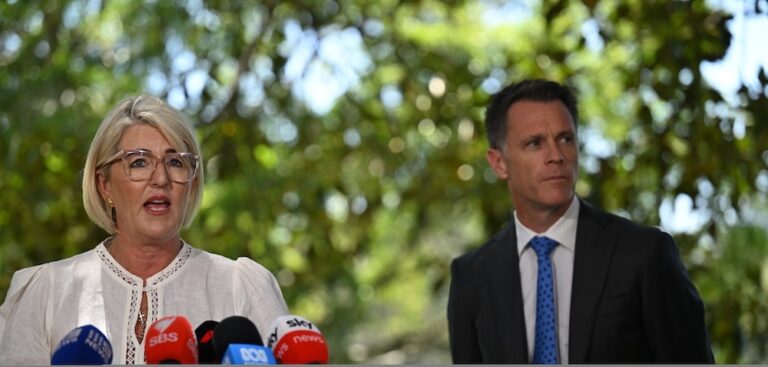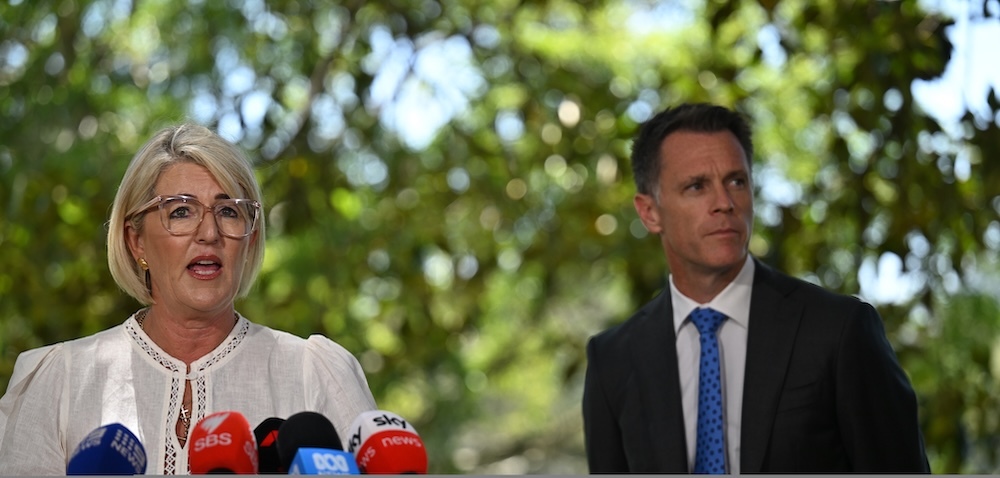
The price of prejudice
Some of you may have recently seen an opinion piece in The Australian by everyone’s favourite conservative commentator, Janet Albrechtsen.
It argued that large corporations were increasingly having to bear the burden of defending discrimination matters because all it took was an aggrieved employee with a gripe against their employer (often unrelated to discrimination) and a $50 filing fee.
Leaving aside the accuracy of the first part of this statement, the second part, which grossly underestimates the financial resources required to run a large litigation matter, deserves further interrogation.
This statement, coming from a former practising lawyer, is downright disingenuous.
It is ridiculous to claim that the actual costs incurred by a party bringing a matter before the courts is simply the filing fee required to be paid to the Court Registry. At every step of the way a person needs the assistance of solicitors and/or barristers whose professional fees can run to thousands of dollars per hour.
Adding to this is the fact that courts in Australia are a costs jurisdiction, which means that if you’re unsuccessful in your claim you could be liable to pay all or part of your opponent’s costs.
The price of getting justice through the courts means that justice is increasingly becoming the prerogative of the rich and well-resourced and explains in part the trend towards alternative dispute resolution methods.
These alternatives to litigation, such as mediation and conciliation, recognise that long drawn-out litigation is not in the interest of either party and seek to resolve disputes through other forums which practically may lead to better outcomes.
However, in arguing the merits of alternative dispute resolution it is important to recognise its limitations. The power imbalances present between parties in litigation can just as easily manifest themselves in forums such as mediation.
Also, alternative dispute resolution mechanisms (other than arbitration) begin from the premise that one party’s version of facts should not trump another party’s version, and in some instances it may be obvious that one party is in the right while the other has a weak or non-existent case.
Although alternative dispute resolution may represent a low-cost means of finding a solution to an intractable problem, it is important that proactive steps are taken to ensure that the court system remains accessible to all parties irrespective of financial resources.
Manoj Dias-Abey is a lawyer practising in one of Australia’s largest workplace relations law firms.










